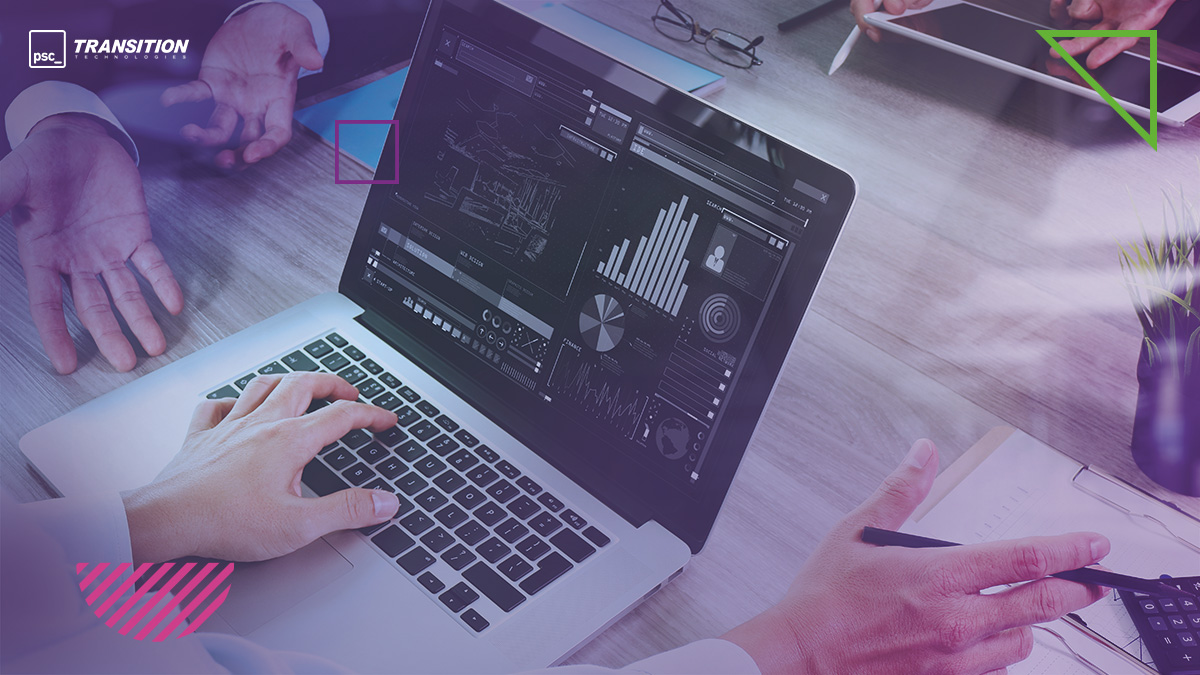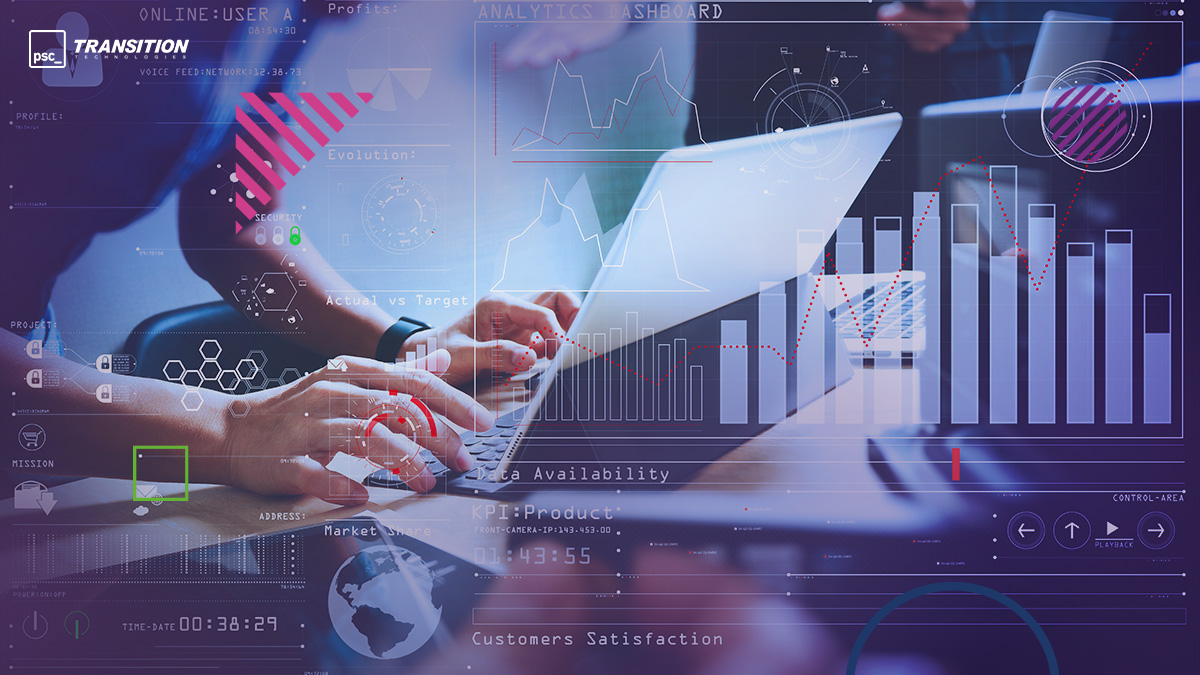Digital transformation is reshaping the way how people, products, assets, data, and operations are connected to create an outcome for the customers and switch digital data into the customer experience. Digital technologies create new business opportunities across the globe and enable the evolution of enterprise, products and processes for valuable capabilities. The article describes the Internet of Things concept and shows how to use cloud infrastructure to take advantage of the digital transformation in business.
Internet of Things ecosystem
There are many definitions of what the Internet of Things paradigm is, depending on a person’s field of knowledge but there is a common part – to manage hundreds of devices, collect a great amount of data and analyze it to gain meaningful value and actionable insights. These insights may have a direct influence on increasing efficiency, reducing waste and lowering costs. This ecosystem is a conglomerate of the connectivity and physical Things that are connected to the platform via Internet. The IoT in combination with modern technologies such as cloud computing, artificial intelligence (AI) and machine learning (ML) delivers complete enterprise solutions.
Designing infrastructure for the IoT platform depends upon the types of measurements, communication protocols, data volume and velocity, responsiveness, storage and analytics performed on the ingested data. From the technical point of view to run IoT solution with optimal performance you have to meet security requirements in areas of device control and also data privacy and ensure scaling capability. The amount of data might increase rapidly, more and more devices are enabled to transmit data. Another decision-making factor is the cost of physical infrastructure and premises that requires a large amount of money including data center, servers, network, storage and technical workforce costs to install, deploy and manage the systems. Based on your needs and requirements you have a choice to build your own on-premises infrastructure or deploy your IoT solution into a fully managed cloud-based platform that covers the majority of the IoT use-cases.

Cloud infrastructure
The tremendous growth of cloud usage can be observed over the years. More and more customers decide to accelerate their digital transformation and increase the reliance on cloud technologies. There is a lot of statistics and results which show that the cloud computing has a safe position on the market. Year after year, public cloud providers report consistent huge revenue and the forecasts are even more promising. As Gartner predicts public cloud revenue will grow 18.4% and the cloud adoption has been accelerated to the point as the new normal for the projects. Using cloud customer can choose between multiple cloud service types from infrastructure, fully-managed services or finished products. Cloud service providers operate on a flexible consumption-based pricing model which means that the client pays only for resources that are used. This approach ensures no upfront costs, minifies risks and transfers responsibility of managing data centers to the cloud provider. When you purchase cloud computing services you are leasing underlying software and hardware and its underlying infrastructure. The cloud resources are provisioned and delivered over the Internet that gives instant computing infrastructure. Cloud providers are responsible for the physical hardware required to execute the work and keeping it up-to-date and also offers data backup, disaster recovery policies and data replication services. Based on that in combination with virtualization you can provide multiple machines at the same time with the same configuration delivering the same user experience for end-users.
As the cloud providers offer very wide possibilities of technologies and help to improve the ability to accomplish business objectives, cloud computing can be applied in almost every branch of IT, including Internet of Things. Cloud computing simplifies the infrastructure design, reduces security vulnerabilities, makes it easier to build secure, scalable solution and also provides real-time data analytics. The role of the cloud computing in IoT may be the use it in collaboration or to use comprehensive and functionally mature solutions provided by the largest cloud providers. There are many tools and effective technologies in the cloud that allow you to focus on business growth, by implementing small use cases step by step and expanding them into enterprise IoT solutions.
How IoT can benefit from Cloud solutions?
Cloud-based IoT solutions reduce complexity by providing infrastructure, services and complex fully-managed products with no upfront costs and with flexible consumption model. Ability to pay as you use, pay for additional resources when they are needed and ability to stop paying for resources that are no longer needed is fair and very attractive. This enables to reduce the costs of maintaining data center and move the money spent on the IT professionals and responsibility to the provider’s staffing costs. Compared to the traditional hardware requirements it’s not needed anymore to estimate the demand – you can simply scale up, rent additional computing power instead of purchasing additional peripherals. Additionally, with this approach the hardware is fully utilized. As mentioned before, in the cloud you can easily increase or decrease the number of resources or services that are used and automatically adjust based on the demand or workload at the time. Since the cloud is elastic, based on the rules or policies it automatically allocates more resources to handle spikes in demand and when the traffic is normalizing cloud can de-allocate no longer needed resources to minimize costs.
If we are talking about IoT we have to make sure that the connection between devices and platform is as stable as possible with the minimum latency. In the different words, the services should be able to continue functioning when some of its components fail and be as close to the customer as possible. This quality is delivered by implementing high-availability, disaster recovery, backup and monitoring. The biggest cloud provider’s global infrastructure is designed and constructed to provide hardware, software and networking that is protected against failures. It is developed by having few physical data centers in various regions and store multiple copies of the data across the globe in case of emergency. This implicates the business continuity, minimizes any downtime and loss of productivity – data is always going to be available with the best response time possible.

Migration to Azure Cloud for IoT Solutions
When you start considering cloud capabilities and digital transformation in the context of IoT, you probably don’t know where to start with the wealth of information, possibilities and the number of reliable cloud providers. There are three leading public cloud providers and key players that provide mature services and solutions – Amazon Web Services (AWS), Microsoft Azure and Google Cloud Platform. Among the leaders Azure cloud is one of the fastest-growing and furthermore, Gartner has positioned Microsoft as a leader in the Magic Quadrant for Industrial IoT Platforms report. The vision of Microsoft is to provide a strong global ecosystem and deliver fully-managed complete IoT solutions but also the services with the ability to build and manage individual IoT services powered by the global Azure cloud infrastructure. Compared to the other public cloud providers Microsoft can boast of its wide IoT portfolio and the possibility to easily integrate them with other Azure services which are simplifying the IoT. Moreover, in 2019 Microsoft announced to invest $5 billions to IoT and edge computing to build trusted and easy to use platform for IoT solutions to help customers and partners benefit from IoT. Microsoft also shared their vision and roadmap of IoT in the cloud from which is very clear that they are committed to development of the IoT, propose innovative solutions and emphasize the value of digitizing.
Another leader of the IoT platforms is the ThingWorx created by PTC which is a complete, end to end technology platform designed for the IIoT that delivers tools and technologies to rapidly develop and deploy enterprise applications. For over the years PTC increasingly leverages the Azure IoT stack to support ThingWorx functionality at scale. The TTPSC developed the Azure IoT Hub Connector that integrates the ThingWorx platform and enables the Azure IoT Hub features of device management, bi-directional communication, automatic provisioning and high scalability.
Summary
Nowadays, cost reduction and time optimization are key to business success. Using the cloud you can save developing time and reduce the complexity utilizing one of the Azure products or managed IoT platform. It helps to rapidly build an IoT solution that consists of device management, data storage and analytics which automatically delivers business outcome and provides connected view. Remember that just having large unprocessed and context-free data is irrelevant. For the data to be useful and to provide valuable information it needs to be processed and the cloud is a great place for this. Delivering business value by creating, connecting and bringing together data using digital technologies is a digital transformation. If you want to experience digital journey, enhance the business value or migrate your IoT solution to the cloud do not hesitate to contact us!
